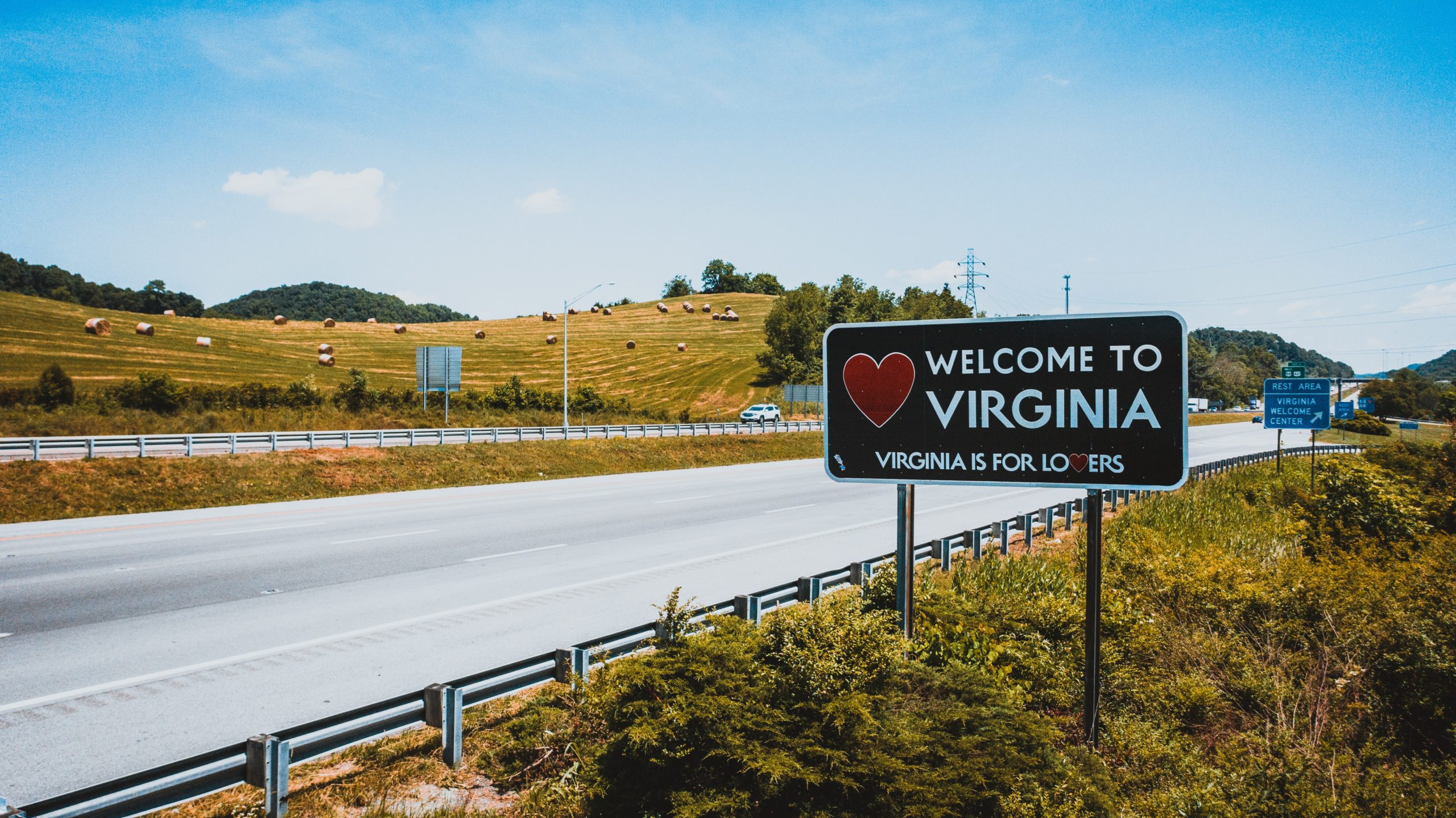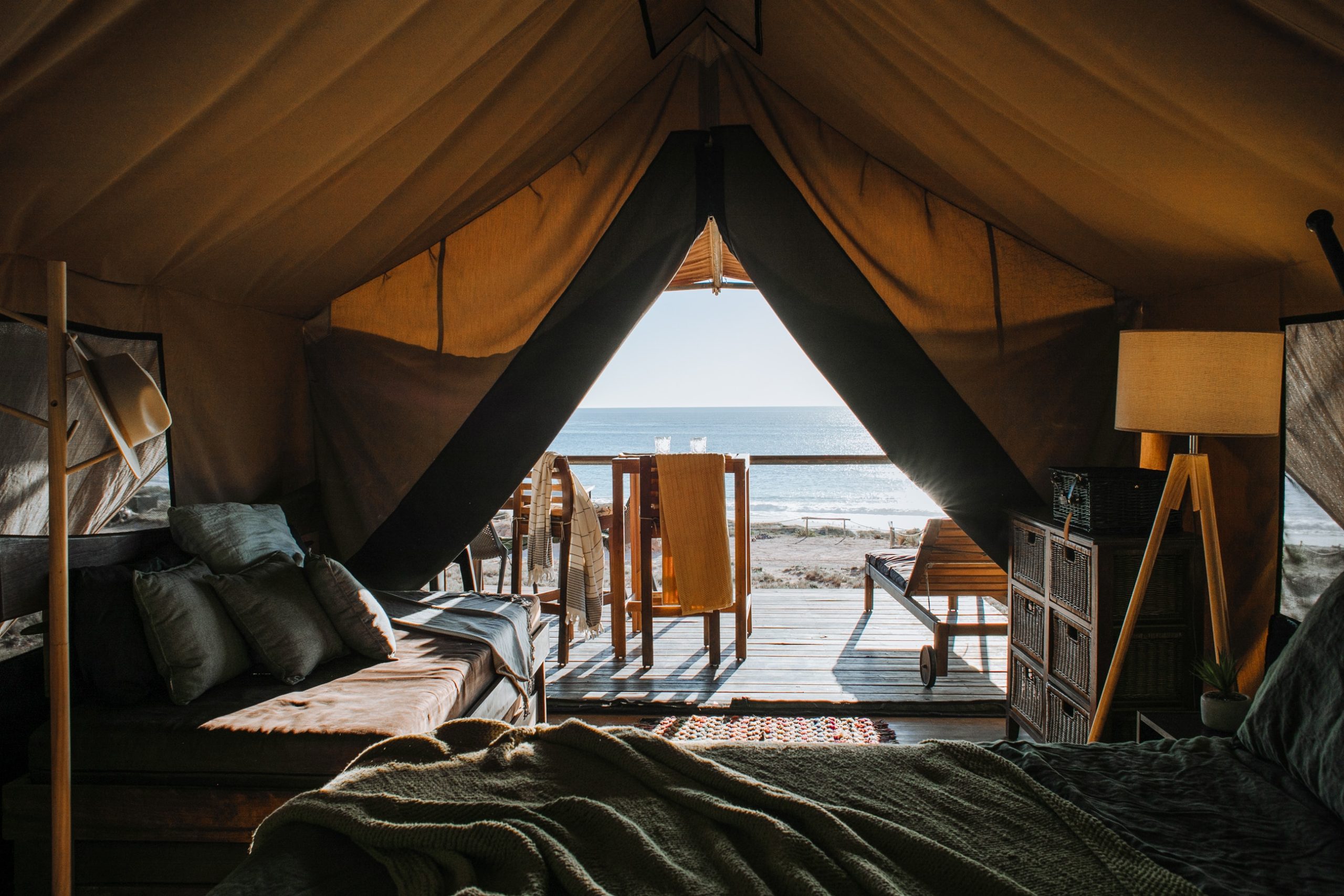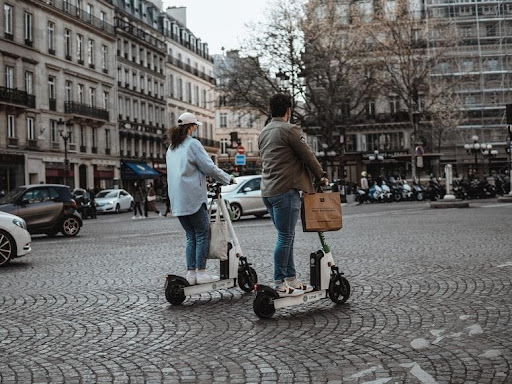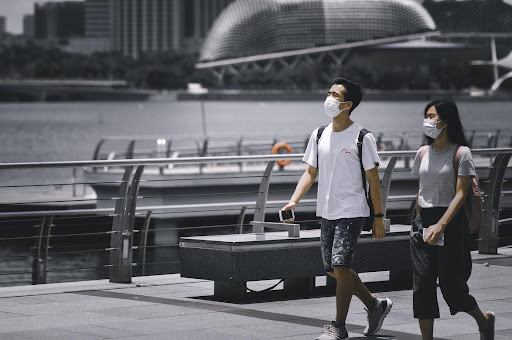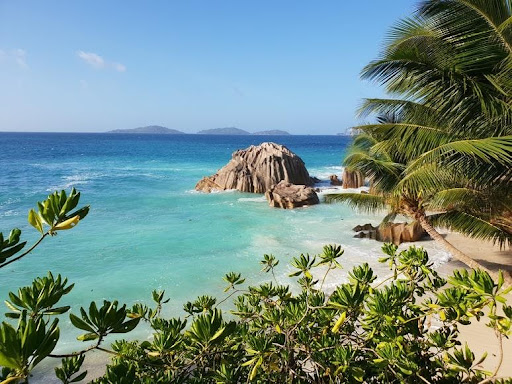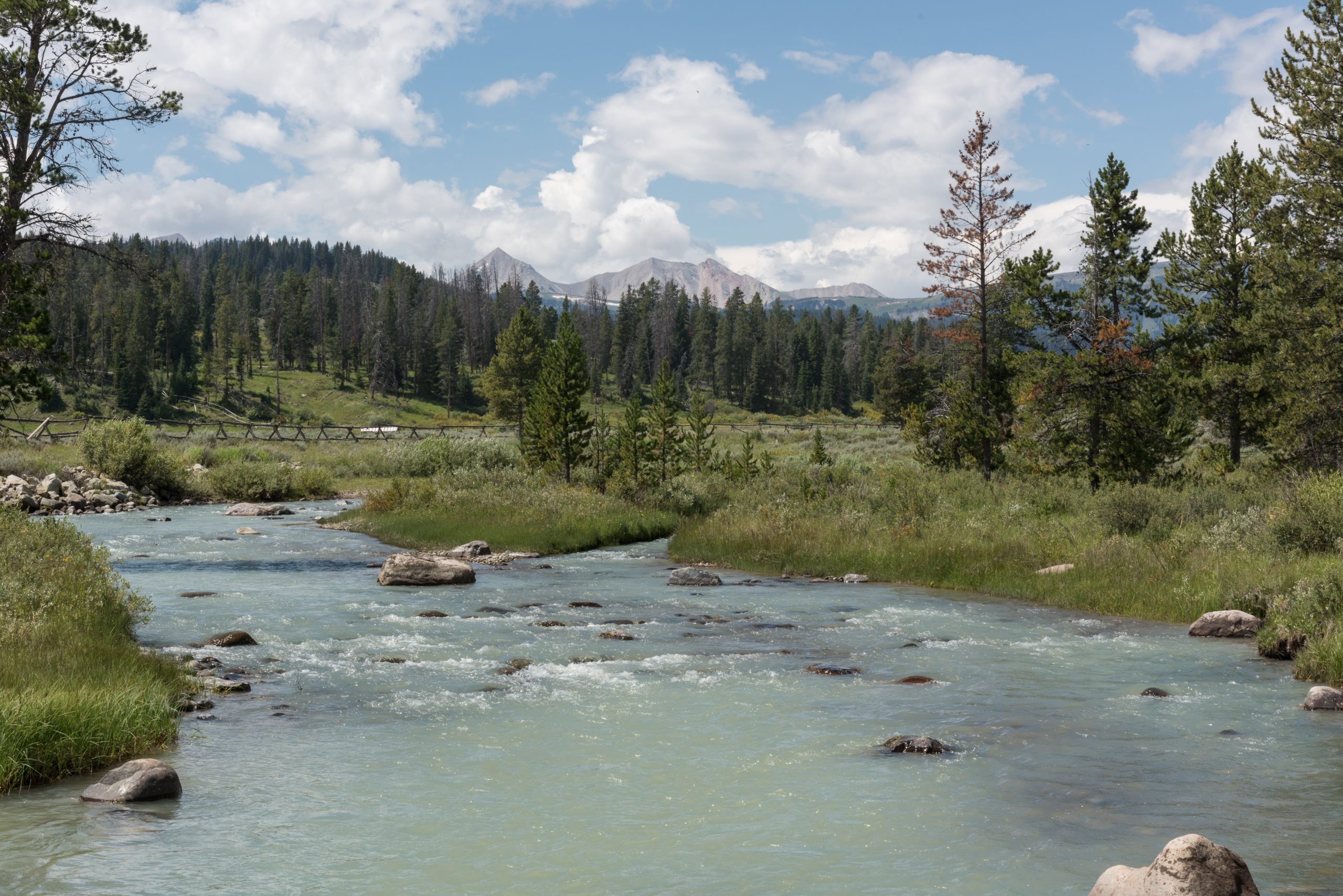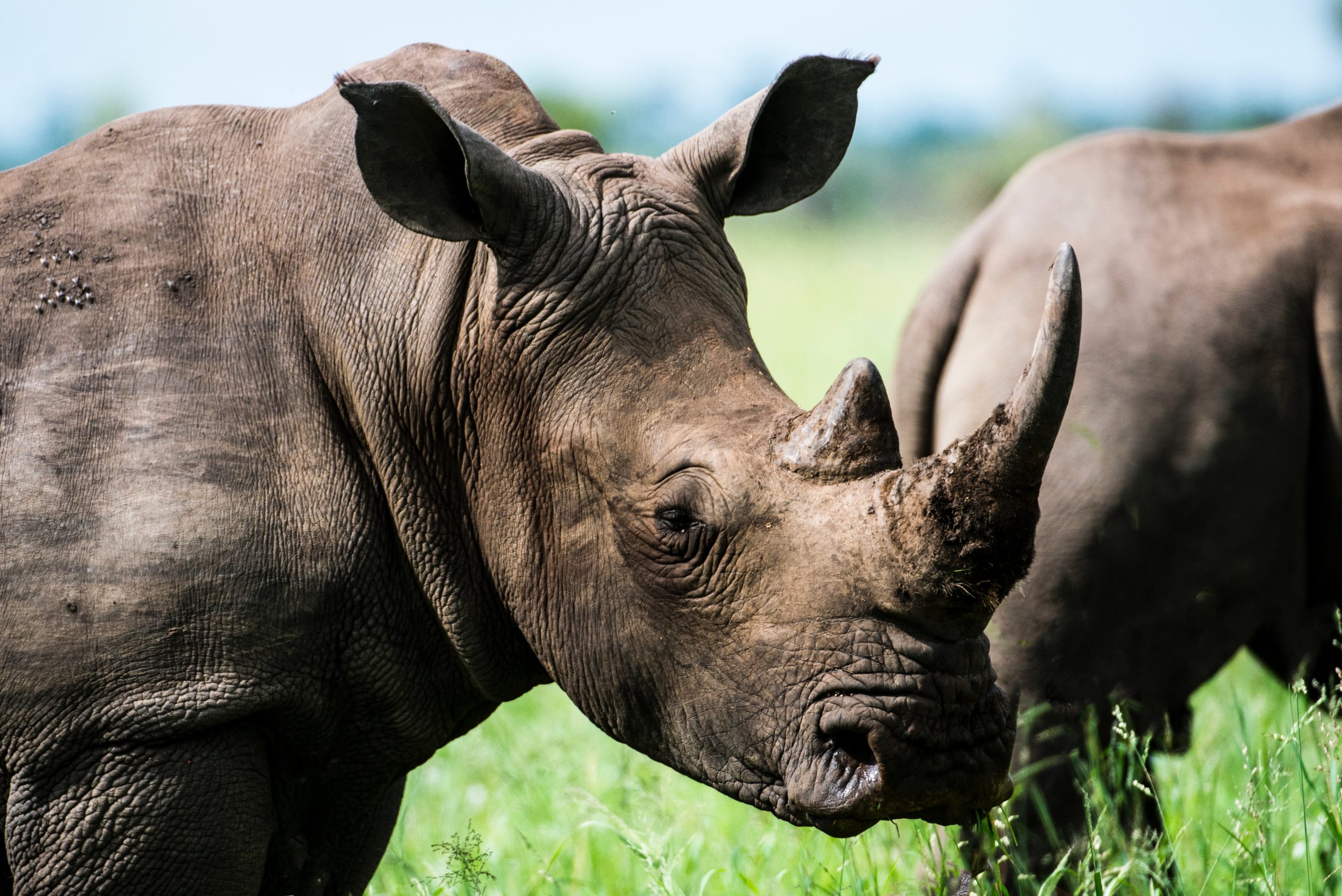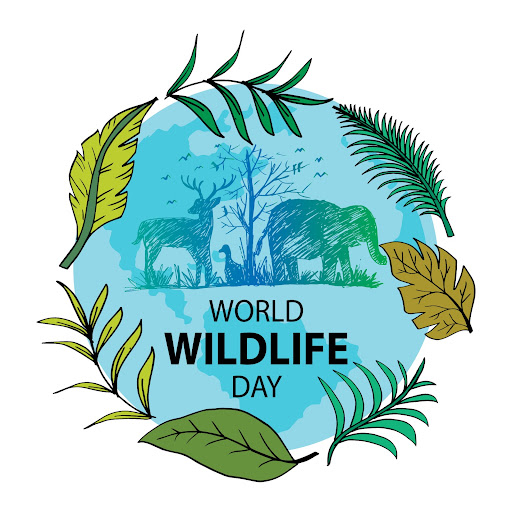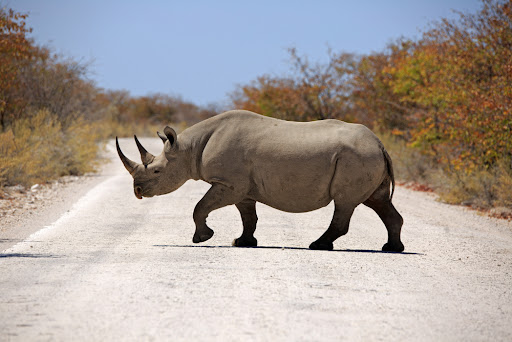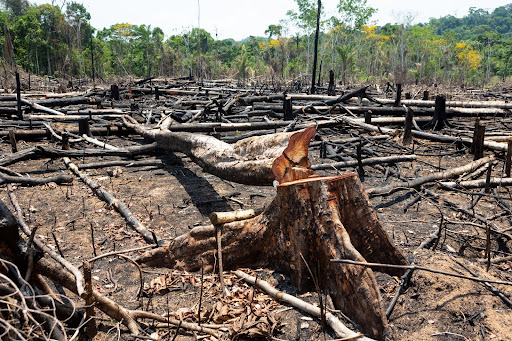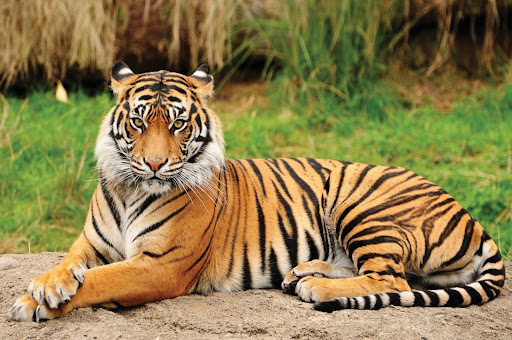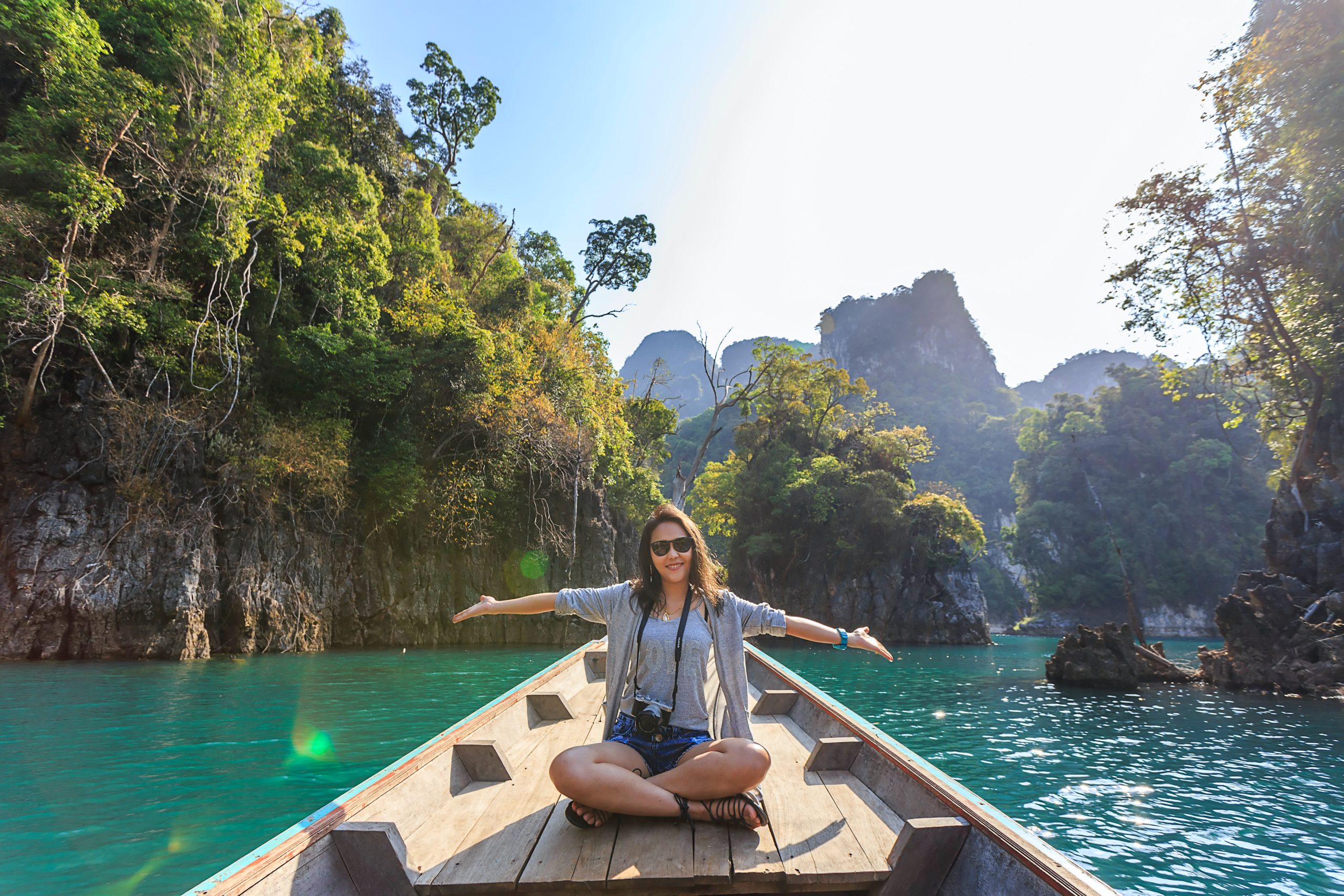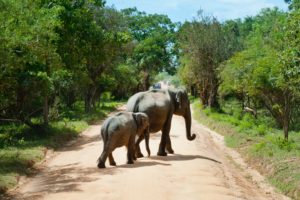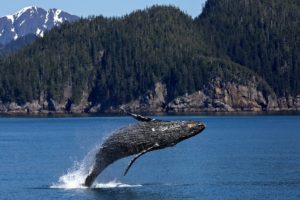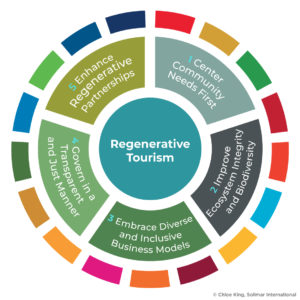From its breathtaking natural beauty to its extreme historical importance, Virginia tourism is one of the most diverse in the United States. Travelers wanting to appreciate the outdoors, city life, or experience early colonial life in the United States will all find what they seek in Virginia. Learn about one of the most interesting Virginia Destination Management Organizations here.
In this blog, intern Daniel Segura has the opportunity to discuss various aspects of Southwest Virginia tourism with Irene Kilmer, the director of the Montgomery County DMO. Virginia is an unique US state who has nailed their tourism marketing messaging. What is the role of Virginia Destination Management Organizations in working with this national brand? Read more below.
1. As a Virginia Teach student, I’m curious about what you studied at Virginia Tech and if it had any influence on your decision to get involved with tourism and destination management?
I received a degree in Communication with a focus in Public Relations from Virginia Tech. I received a minor in Hospitality and Tourism which is how I learned about tourism management and destination marketing organizations. My predecessor spoke at one of my classes and you could say the rest is history. My degree gave me a unique view into tourism management.
2. With a population of almost 100,000, Montgomery County isn’t the most populated in Virginia. However, with its rich historical and natural backgrounds, Virginia as a whole often ranks as one of the highest states in visiting tourists across the US. Do you see the natural recreation and historical industries represented in Montgomery County?
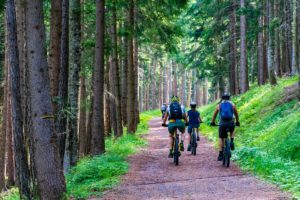
Montgomery County actually houses two of the largest towns in Virginia! We have so many outdoor and historical attractions that many might not know about. The Poverty Creek Trail System is located in the Jefferson National Forest and boasts some of the best mountain biking trails on the east coast! Our history is also unique to our area, and our various museums highlight the impact these lesser known people have had on Virginia as a whole. Even before 2020, our office focused on promoting our outdoor recreation because our area offers outdoor amenities that people of all ages and backgrounds can enjoy.
3. What are some benefits that come from connecting and working with all the various businesses in the region?
There are so many benefits from connecting and working with various businesses in the region. Throughout my meetings and connections I’ve been able to learn about the history of Montgomery County, Blacksburg, and Christiansburg from business owners that have been in business for over 50 years. So many business owners are able to spread a light on what their specific visitor is looking for and it helps the tourism office build a stronger visitor profile. Not only do they have information about their visitors, but they also have a wealth of knowledge from running a business and from marketing their own products. By working with and networking with partners across the region, we are able to expand on our mission and help build a community that speaks to visitors without prompting.
4. Destination Management as a concept has only been in practice for roughly 50 years now. How new are the concepts of destination management, and coordinating local businesses in regards to tourism, in Montgomery County?
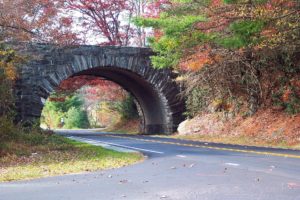 Our office was formed by a cooperative agreement in 2011 between both towns and the county. While our office might not have been formed before 10 years ago, the local community, membership organizations, and various hospitality businesses were their own form of destination managers. Many of these partners still play an important manager role to the destination.
Our office was formed by a cooperative agreement in 2011 between both towns and the county. While our office might not have been formed before 10 years ago, the local community, membership organizations, and various hospitality businesses were their own form of destination managers. Many of these partners still play an important manager role to the destination.
5. How well has the region adapted to the emergence of destination management? What is the role of Virginia Destination Management Organizations?
Our region welcomed the tourism office’s creation. Through regional and state-wide partnerships, our office has been able to expand the knowledge base to stay current on trends and receive grants that directly impact the community, partners, and visitors. The Montgomery County VA Regional Tourism Office is able to give the time needed to focus in on getting visitors to our area, advocating for hospitality and tourism, and planning needs for the future of the destination in a way that would be challenging to accomplish by individual stakeholders.
6. Solimar International places a significant emphasis on sustainability, since many aspects of tourism can be environmentally taxing. Are there sustainable tourism practices currently promoted by the local DMO for the county as a whole?
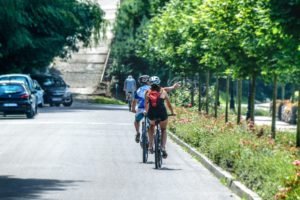
Our office is a certified Virginia Green travel partner of the Virginia Green Travel Alliance. We utilize this resource to stay up to date on green practices in hospitality and tourism management. We also work with both towns and the county to make sure that our office properly communicates what visitors need to know to leave as little of an impact on the environment they visit.
7. What are some things that make Montgomery County stand out from other neighboring areas in regards to Virginia tourism?

Of course, Montgomery County is well known for Virginia Tech, but we are also known for our sporting venues, including swimming and baseball. Montgomery County is located in such an area that it’s easy to hop off the interstate and experience history, arts, a university, the outdoors, and a rising culinary scene all in one place. We have many lodging options for a weekend stay, and people comment about the sense of community they get when they arrive.
8. What are some places you’d recommend visitors check out here in Montgomery County?
Pandapas Pond and the Poverty Creek Trail System is a beautiful place to experience no matter what the season. I’m not the biggest adventurist, but it’s beautiful to walk around the pond, and you can even veer off onto one of the trail loops if you’re looking to explore more. I would also highly recommend checking out the shopping and restaurants in Downtown Blacksburg. One of our visitor centers is located downtown, and I love walking down Main Street and College Avenue to see what’s new and attend the events that are held there. If you’re in Christiansburg looking for a fun stop, I love hopping on the Huckleberry Trail at the Uptown Christiansburg Mall. This rail-to-trail is paved and connects the towns together. Rent a bike from Roam NRV, and don’t forget to check out the bridge that the train goes under. It’s my favorite thing to Go To Town in Montgomery County!
